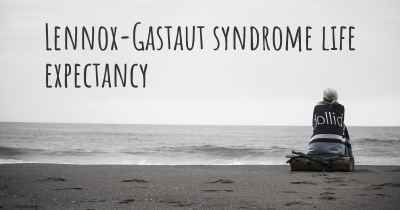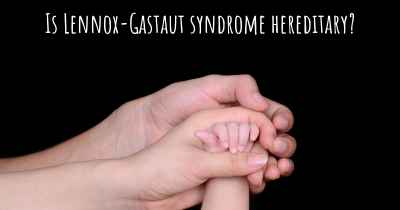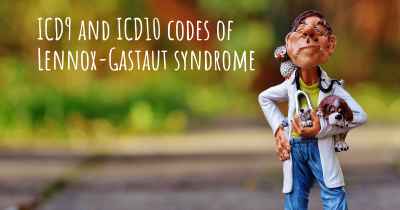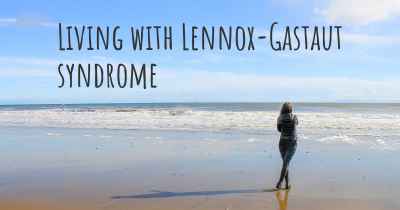Is it advisable to do exercise when affected by Lennox-Gastaut syndrome? Which activities would you suggest and how intense should they be?
See if it is advisable for people with Lennox-Gastaut syndrome to practice sports and which ones are the most recommended if you have Lennox-Gastaut syndrome
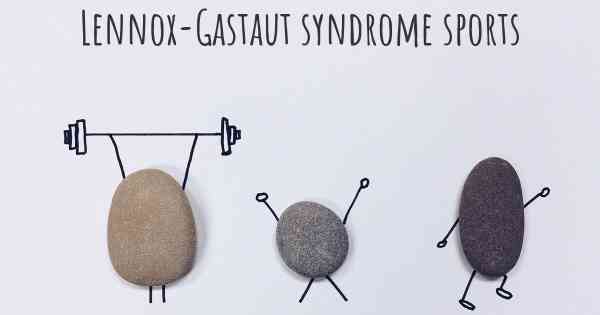
Is it advisable to do exercise when affected by Lennox-Gastaut syndrome?
Lennox-Gastaut syndrome (LGS) is a severe form of epilepsy that typically begins in childhood and is characterized by multiple types of seizures, cognitive impairment, and abnormal electroencephalogram (EEG) patterns. Managing LGS involves a comprehensive approach that includes medication, therapy, and lifestyle modifications. While exercise can be beneficial for overall health and well-being, it is important to consider the specific needs and limitations of individuals with LGS.
Benefits of Exercise for Individuals with Lennox-Gastaut Syndrome
Engaging in regular exercise can offer several benefits for individuals with LGS:
- Improved cardiovascular health: Exercise can help strengthen the heart and improve overall cardiovascular fitness.
- Enhanced mood and mental well-being: Physical activity releases endorphins, which can improve mood and reduce stress and anxiety.
- Increased muscle strength and flexibility: Regular exercise can help improve muscle strength and flexibility, which may be beneficial for individuals with LGS who may experience muscle weakness or stiffness.
- Weight management: Maintaining a healthy weight is important for overall health, and exercise can help individuals with LGS manage their weight.
- Improved sleep: Regular physical activity can promote better sleep quality, which is important for individuals with LGS who may already experience sleep disturbances.
Choosing the Right Activities
When selecting exercises for individuals with Lennox-Gastaut syndrome, it is crucial to consider their specific abilities, limitations, and seizure triggers. Here are some recommended activities:
- Low-impact aerobic exercises: Activities such as walking, swimming, or cycling can be excellent choices as they are gentle on the joints and provide cardiovascular benefits without placing excessive stress on the body.
- Yoga and stretching: These activities can help improve flexibility, balance, and muscle strength. They also promote relaxation and stress reduction.
- Strength training: Using light weights or resistance bands under the guidance of a qualified professional can help improve muscle strength and overall physical function.
- Balance exercises: Practicing balance exercises, such as standing on one leg or using a balance board, can help improve stability and reduce the risk of falls.
- Adaptive sports: Depending on the individual's abilities and interests, adaptive sports such as wheelchair basketball, swimming, or cycling can provide opportunities for physical activity and social interaction.
Exercise Intensity and Safety Considerations
The intensity of exercise for individuals with LGS should be tailored to their individual capabilities and overall health. Here are some important considerations:
- Consult with a healthcare professional: Before starting any exercise program, it is essential to consult with a healthcare professional familiar with the individual's medical history and specific needs.
- Start slowly and gradually increase intensity: Begin with low-intensity exercises and gradually increase the duration and intensity over time. This approach allows the body to adapt and reduces the risk of injury.
- Monitor for seizure triggers: Certain activities or environmental factors may trigger seizures in individuals with LGS. It is important to be aware of these triggers and modify the exercise routine accordingly.
- Ensure proper hydration: Staying hydrated is crucial during exercise. Encourage individuals with LGS to drink water before, during, and after physical activity.
- Supervision and safety measures: Depending on the individual's needs and seizure frequency, it may be necessary to have a trained caregiver or exercise partner present during physical activity to ensure safety.
Conclusion
While exercise can offer numerous benefits for individuals with Lennox-Gastaut syndrome, it is important to approach it with caution and consider individual needs and limitations. Engaging in low-impact aerobic exercises, yoga, stretching, strength training, balance exercises, or adaptive sports can provide physical and mental health benefits. However, it is crucial to consult with a healthcare professional, start slowly, monitor for seizure triggers, and ensure proper hydration and safety measures. By incorporating exercise into a comprehensive management plan, individuals with LGS can improve their overall well-being and quality of life.
Posted May 19, 2017 by Brittney 2000
The most recommended is the walking or the stationary bike, and a maximum half an hour a day, with accompaniment.
Posted Mar 30, 2017 by Francisco 1150
Posted Apr 2, 2017 by Tamara 1000
